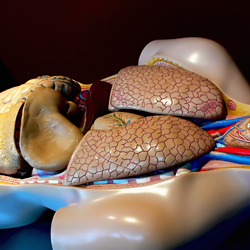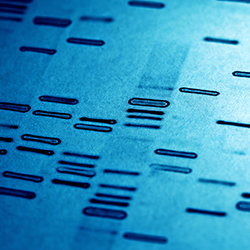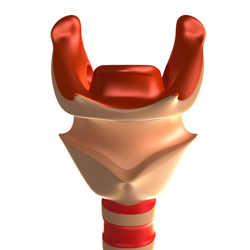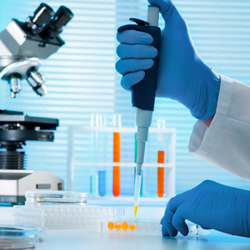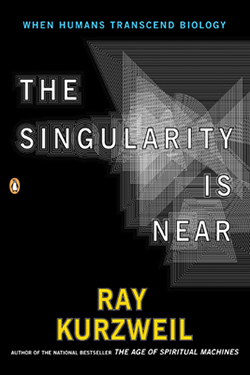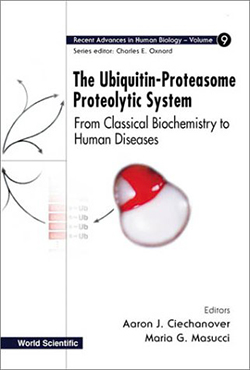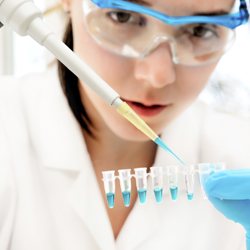A Leap of Faith: Desperate Patients Look to Lab-Grown Organs
by Linda Carroll
Source:
NBC News; June 27, 2014
Let’s put a name and a face to the field of regenerative medicine.
Renowned Italian surgeon Dr. Paolo Macchiarini, currently of the Karolinska Institute in Stockholm,
Sweden is the only surgeon in the world who is actually doing active transplants of lab grown organs.
He has been described as “both a daring pioneer and as a cowboy who takes dangerous risks with his
patients.”
While the truth is likely somewhere in the middle, many patients approach Dr. Macchiarini because they
have either been given a grim prognosis, or there are simply no further medical options. Dr. Macchiarini
first rose to notoriety in 2008, when he successfully implanted a lab grown trachea into a patient. Since
then, eight patients have received his completely artificial lab grown tracheae, including the young girl
who was referenced in a prior Research Tab article.
Dr. Macchiarini’s technique has already transformed, from starting with a donor trachea as scaffold, to
the present when no donor organ is necessary. Today, your trachea would be grown using a trachea
shaped plastic scaffold; the same plastic that is used to make soda bottles. Stem cells from your bone
marrow are then added, and after a few days the matured cells start to resemble a functional trachea.
Dr. Macchiarini is not without critics, though, since not all of his patients have survived. Dr. Joseph
Vacanti, surgeon in chief at the Massachusetts General Hospital for Children said in 2013, “I do believe
he’s in the gray zone. I believe, for the field, we are now at the end of the beginning. And so, he
may feel alone, but he is not alone. He’s part of the group that’s making fantasy real.” Dr. Rick Pearl,
pediatric surgeon in chief at Children’s Hospital of Illinois adds, “Take a look at any major turn in
surgery. It never started out working did it? Tom Starzl when he started doing liver transplants, the first
seven, eight, nine patients all died. Everybody said he was nuts. Christian Barnard, when he started
doing heart transplants, everyone threw rocks at him. This is how we’re going to treat diseases in the
future and this is the start of it.”


